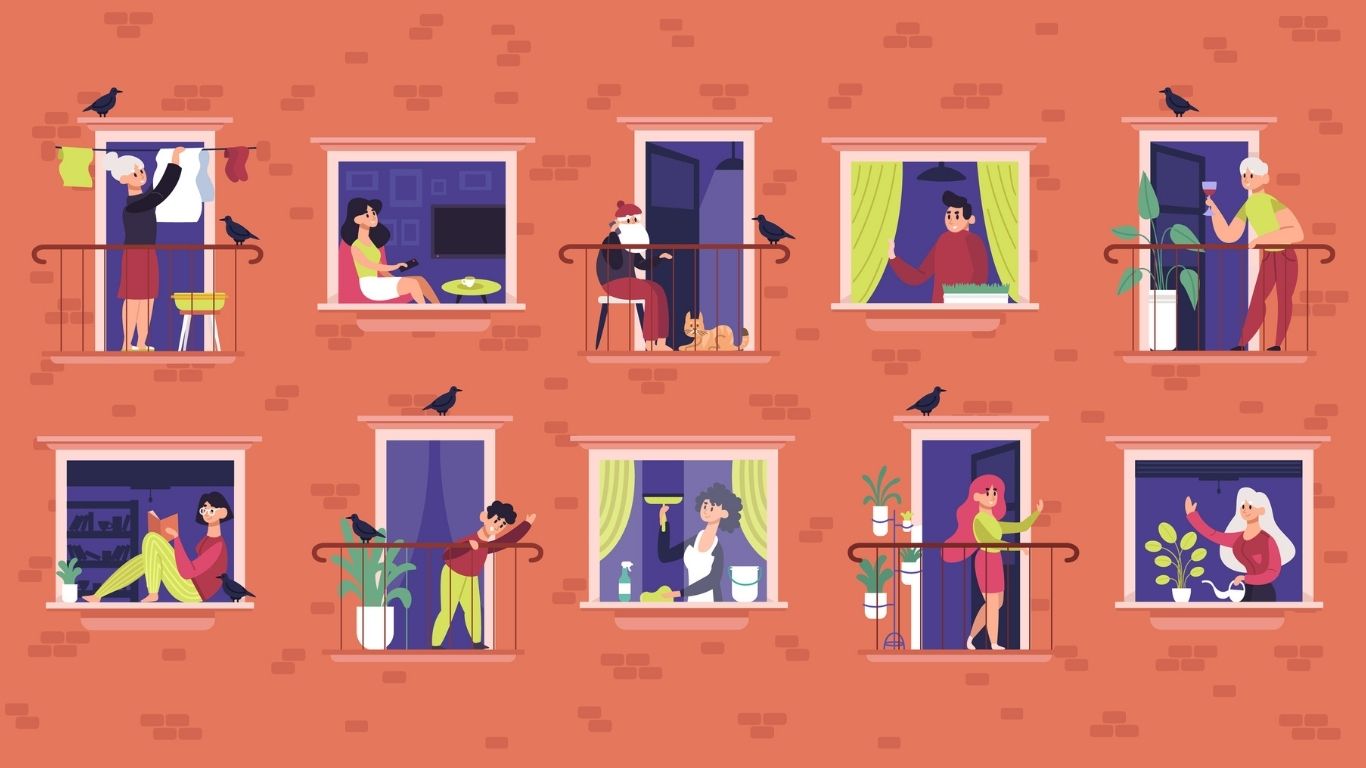
Living alone: by choice or circumstance? Whatever the answer, more and more Canadians live alone, reflecting a long-term pattern of growth over the years. In 2021, 4.4 million people lived alone, up from 1.7 million in 1981. This represented 15% of all adults aged 15 and older in private households, the highest proportion on record.
In 2016, one-person households became the predominant household type (28%) for the first time in Canada’s 150-year history. One-person households continued to hold the top spot among households in 2021, representing just under 3 in 10 households (29%).
The continued rise of one-person households, despite the economic downturn and housing affordability issues in some areas, is almost entirely due to aging of the population. As a result, living alone is still most prevalent at older ages.
Elsewhere in the world
Among G7 countries, Canada continues to have one of the lowest proportions of one-person households (29.3%). Only the United States had a smaller share (28.5% in 2021). In contrast, in some European countries, such as Finland, Germany and Norway, more than 4 in 10 households were one-person households.
As population aging accelerates in Canada, the more likely it is that the share of one-person households will continue to grow. Cultural preferences also play a role in the prevalence of living solo. For example, Japan has the oldest population in the world, but not the highest share of one-person households.
Is it a question of age?
The prevalence of living alone has always been highest at older ages, and this was still the case in Canada in 2021: solo dwellers represented 42% of all people aged 85 and older in private households, compared with 7% of people aged 20 to 24.
In contrast, the prevalence of living alone has increased over time in middle adulthood. For example, the proportion of people aged 35 to 44 living alone doubled from 1981 (5%) to 2021 (10%). This trend may reflect the fact that members of Generation X and millennials, who made up this age group in 2021, tend to postpone starting a family until they have finished school and found a stable job.
Solo living: Quebec tops the list, while Nunavut still the lowest
As has been the case since 1996, Quebec posted the highest share of persons living alone (19%) in 2021. In contrast, Ontario (12%) and Alberta (13%) had the two lowest shares of adults living solo. Nationally, solo living was lowest (8%) in Nunavut, which has held this position since 2001.
Differences in sociodemographic characteristics, economic conditions and housing conditions are some of the factors that have contributed to these variations in solo living across Canada over time.
Therefore, the higher prevalence of solo living in Quebec can be attributed to lower shelter costs, tax rebates for solo dwellers in certain circumstances and other sociocultural factors, including greater instability of unions.
Alone? Yes, but not forever . . .
As life brings its share of twists and turns, for some, living alone is only a short-term situation. This is especially true for young adults: among people aged 20 to 34 who were living alone and not in a couple relationship in 2017, most said that they were open to living common-law in the future (72%), that they intended to marry in the future (60%) and that they intended to have a child someday (67%). For others, living solo may be more permanent, reflecting their preferences and choice to live alone.
Contact information
For more information, contact the Statistical Information Service (toll-free 1-800-263-1136; 514-283-8300; infostats@statcan.gc.ca) or Media Relations (statcan.mediahotline-ligneinfomedias.statcan@statcan.gc.ca).
